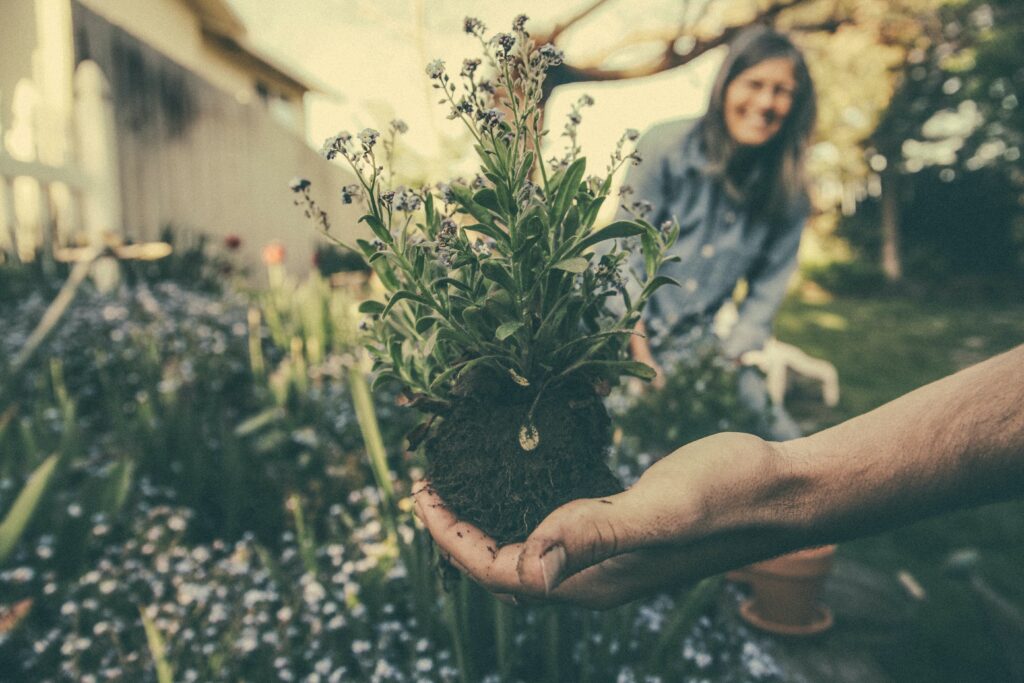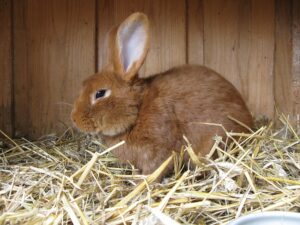GARDEN & LEISURE CO.
The Garden of Your Dreams
THE ONLINE GARDEN CENTRE
Offering great value, exceptional quality and expert advice to customers is something Garden & Leisure are passionate about.
WHAT WE OFFER
OUR SERVICES

Welcome
About Garden & leisure
Spruce up your outdoors!
Garden & Leisure is a family-owned business that has been serving the gardening needs of Essex, UK for over 20 years.
We offer a wide range of services, from garden design and build to regular maintenance and one-off garden tidy ups.
This Is Why
You Should Choose Us
Certified Experts
Garden & Leisure is a gardening company that has been in business for over 20 years. We have a wealth of experience and knowledge in the gardening industry, and we're passionate about what we do.
Quality Services
We offer a wide range of services, from garden design and installation to regular maintenance and landscaping. We're confident we can meet your needs and exceed your expectations.
Location
We're based in Essex, UK, but we serve customers throughout the UK and Europe. We're dedicated to providing the best possible service to our customers, no matter where they are.
Some of Our
Portfolio & Blog
Check out our portfolio
A traditional rabbit hutch is a great way to keep your bunny safe and warm. Here’s what you need to know to set one up for your furry friend.
 What is a rabbit hutch?
What is a rabbit hutch?
A rabbit hutch is a cage or box that is used to house rabbits. The hutch is typically made of wood, and has a wire mesh front that allows the rabbit to see out. The hutch also has a door that can be opened for cleaning or for feeding the rabbit.
Rabbits are social animals, so it is important to have more than one rabbit in a hutch. If you only have one rabbit, you should consider getting a second rabbit so that your pet has a friend.
Rabbits typically live for 8-10 years, so a hutch should be big enough for the rabbit to live in comfortably for the duration of its life. The hutch should also be placed in a location that is protected from the weather and predators.
A hutch is an important part of owning a rabbit, and will help to keep your pet healthy and safe.
How ot use one
First, choose a location for the hutch. It should be in a protected area that is out of the wind and rain. The hutch should also be close to your home so you can easily check on your bunny.
Next, assemble the hutch. Most hutches come in two pieces: the bottom portion where your bunny will live, and the top portion that serves as a roof. Make sure the hutch is level and secure the two pieces together.
Once the hutch is assembled, line the bottom with straw. This will provide insulation and comfort for your bunny. Place a food dish and a water bottle inside the hutch.
Now, it’s time to introduce your bunny to its new home. Place the bunny inside the hutch and give it some time to explore. Once the bunny is comfortable, you can close the door.
Check on the bunny regularly to make sure it has enough food and water. straw will need to be added to the hutch as it gets dirty.
A traditional rabbit hutch is a great way to keep your bunny safe and warm. With a little bit of set up, your bunny will be happy and healthy in its new home.
Homeowners are always looking for ways to make their gardens more attractive and inviting. Many times, this means adding some type of screen or privacy fence. If you’re looking to add some privacy or simply spruce up your garden, then installing a garden screen is a great solution. But with so many different options on the market, it can be hard to know which one is right for you. To help you make the best decision, we’ve compiled a list of the seven best ideas for garden screens.
- Bamboo Screens
Bamboo screens are a popular choice for gardens as they are relatively inexpensive and easy to install. Plus, they add a stylish, natural look to any outdoor space. Bamboo screens can be bought in pre-made panels, or you can purchase bamboo poles and construct your own screen.
- Trellis Screens
Trellis screens are another great option for gardens, as they can be used to create both privacy and visual interest. Trellis screens can be made from various materials, including wood, metal, or plastic, and can be purchased in pre-made panels or as individual trellis sections that you assemble yourself.
- Hedge Screens
Hedge screens are a great way to add both privacy and a green, living element to your garden. Hedge screens can be made from evergreen or deciduous plants, depending on your climate and preferences. If you choose an evergreen hedge, it will provide year-round privacy, whereas a deciduous hedge will lose its leaves in the winter, allowing more light into your garden.
- Fence Screens
Fence screens are another popular option for gardens as they offer a high degree of privacy. Fence screens can be made from various materials, including wood, metal, or mesh, and can be purchased in pre-made panels or as individual sections that you assemble yourself.
- PVC Screens
PVC screens are a great option for gardens as they are durable, low maintenance, and easy to install. PVC screens can be bought in pre-made panels, or you can purchase PVC pipes and construct your own screen.
- Fabric Screens
Fabric screens are a great way to add privacy and visual interest to your garden. Fabric screens can be made from various materials, including canvas, burlap, or netting, and can be purchased in pre-made panels or as individual sections that you assemble yourself.
- Plant Screens
Plant screens are a fantastic method to enhance your garden’s privacy and living greenery. Plant screens can be made from various plants, including evergreens, deciduous trees, or shrubs. If you choose an evergreen plant screen, it will provide year-round privacy, whereas a deciduous plant screen will lose its leaves in the winter, allowing more light into your garden.
No matter the type of garden screen you choose, it’s important to ensure that it is properly installed and secured so that it doesn’t blow away in strong winds. Also, be sure to regularly check your garden screen for any damage or wear and tear. With a little bit of care, your garden screen will last for many years to come.
Garden aesthetics play an important role in how we feel about our homes. It’s no wonder that many of us take such pride in ensuring our gardens look their best. Along with choosing the right plants and shrubs, one of the other key considerations is often what type of fencing to install. We stock a large range of composite fencing by our supplier Luxury Screens to offer an array of designs and styles.
There are many different types of fencing on the market, each with its own set of benefits and drawbacks. Wood is a popular choice for many homeowners due to its natural look and feel. However, it can be susceptible to rot, and insect damage and will need regular maintenance to keep it looking its best. Metal fencing is another option, but it can be quite expensive and may not offer the same level of aesthetic appeal as wood.
Composite fencing is becoming an increasingly popular choice for homeowners looking for a low-maintenance fencing solution that still offers a high aesthetic appeal. Composite fencing is made from wood and plastic, making it more resistant to rot and insect damage than wood alone. It also doesn’t require the same level of maintenance, as it won’t need to be stained or painted like wood fencing.
Budget is always a key consideration when choosing any type of fencing. Wood fencing can be relatively inexpensive, but it will need regular maintenance to keep it looking its best. Metal fencing can be quite expensive, but it may not offer the same level of aesthetic appeal as wood.
Composite fencing is a more expensive option upfront, but it is a low-maintenance solution that will save you money in the long run. The average cost of composite fencing will vary depending on the materials used, the fence’s size and height, and the design’s complexity. However, as a general guide, composite fencing costs between $25 and $45 per linear foot.
For a basic 6-foot tall fence using wood composites, you can expect to pay $23 to $37 per linear foot. For a taller, 8-foot fence made from the same material, you can expect to pay between $28 and $42 per linear foot. If you choose to use composite materials for your fencing project, you can save money in the long run because composite fences are built to last.
Composite fencing is popular for homeowners who want the look of wood without the maintenance hassles. Composite fences are made from a mix of recycled plastic and wood fibers, making them an eco-friendly choice. Composite fencing is also low-maintenance, meaning you won’t have to sand, stain, or paint it like you would with a wood fence.
Composite fencing is a great option if you’re looking for a durable, low-maintenance fence that will last for years. However, comparing prices and getting multiple quotes is important before making a final decision. Composite fencing is an investment, so you’ll want to ensure you’re getting the best possible deal.